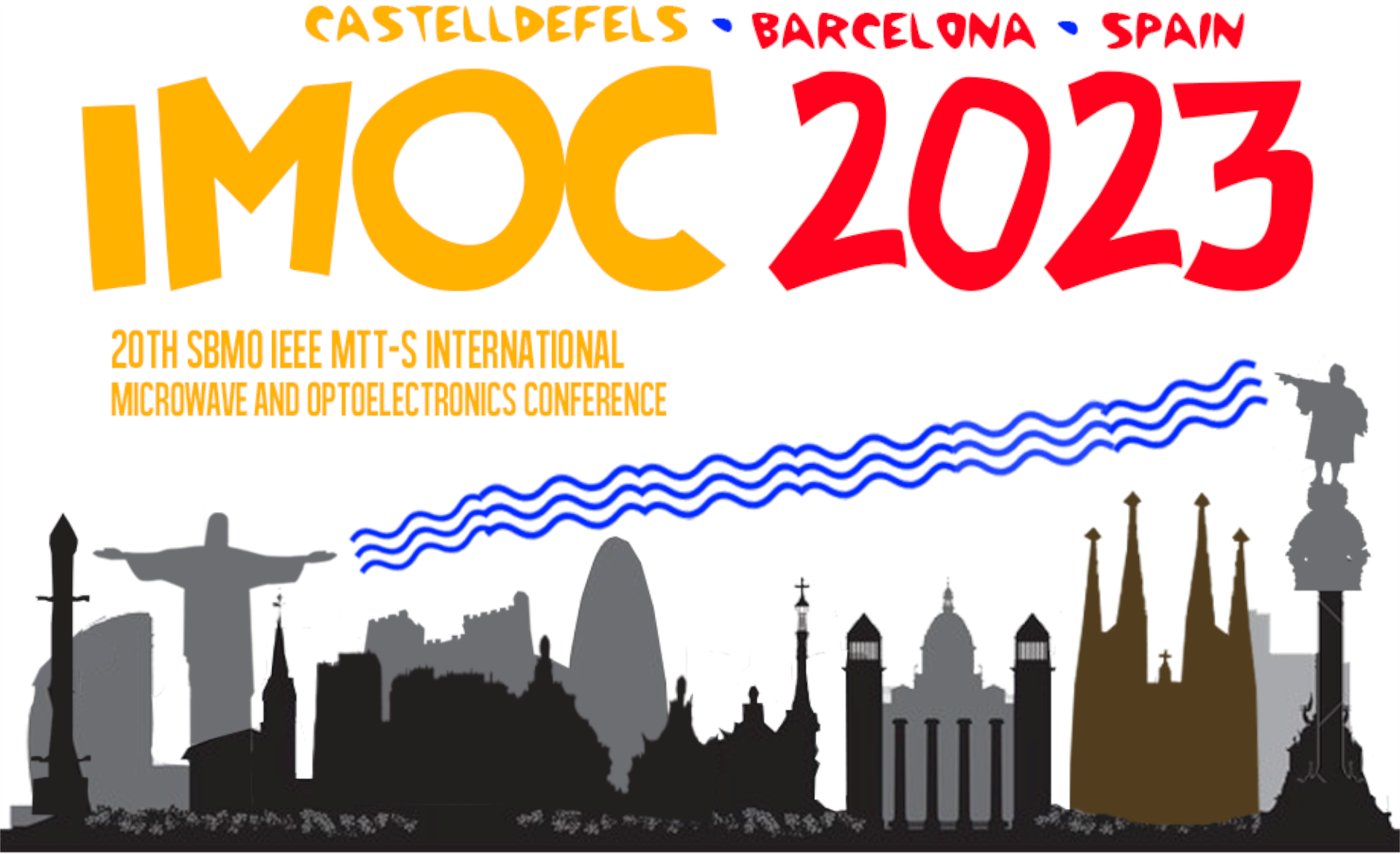Title: Nanoscale Thin Films for Plasmonic Applications - Plenary Speaker 5: Wednesday, November 8th
Peter Petrov - Imperial College London, UK
Abstract
Short Bio
Plasmonic materials have a wide range of applications, from energy storage and harvesting to bio-sensing and memory storage devices. However, the archetypal plasmonic materials gold and silver are limited in their applicability, displaying poor thermal stability, limited spectral tunability, and incompatibility with standard CMOS fabrication processes.
Consequently, refractory plasmonic materials are capable of withstanding high operating temperatures and can include refractory metal elements (e.g. W, Mo, Ti) in addition to transition metal oxides and nitrides (e.g SrMoO3, SrNbO3, SrRuO3, TiN, NbN). Transition metal oxides (TMOs) and transition metal nitrides (TMNs) are of particular interest as they are capable of delivering tailorable optical properties via deposition-controlled variations in film stoichiometry, morphology and strain. Of the TMNs investigated, titanium nitride (TiN) has been the subject of recent research as its optical constants are comparable to gold and it also displays high-temperature stability and a tuneable plasma frequency. However, other binary and ternary TMNs including NbN, TaN, ZrN and TiZrN also hold promise for use within plasmonic applications at varying wavelengths and operating conditions.
In this paper, the mechanism of formation of transition metal nitride and oxide thin films and their optical properties with tunable epsilon-near-zero (ENZ) behaviour will be discussed. We will present the technological conditions for the deposition of thin films with unusual double ENZ frequencies and will show that they can be modified by changing the film deposition conditions. Thus allowing one to fabricate, control and engineer tunable plasmonic and metamaterial devices and surfaces, using CMOS-compatible technology.
Dr Peter K Petrov is a Principal Research Scientist at the Department of Materials at Imperial College London and Royce Institute Technology Platform Lead for Thin films device materials. He holds MSc (Physics and Engineering) and a PhD (Technical Sciences) from St Petersburg State Electrotechnical University (LETI), St Petersburg, Russia. Before his appointment at Imperial College (February 2007), Dr Petrov worked as Senior Research Scientist at the London South Bank University and the Chalmers University of Technology (Gothenburg, Sweden).
Dr Petrov has more than 25 years of experience in the development of thin films multilayer structures and devices, with more than 100 high-impact factor scientific papers (c. 2,500 citations, h=26), and five patent applications, which are now granted patents (two patents were transferred to Ericsson AB). He is internationally known for his research into functional oxide and nitride thin films, and the fabrication of microwave, plasmonic and light-manipulating devices for communication, energy harvesting and biosensing.
Currently, he is PI and co-PI in several national, international and industry sponsored projects.







